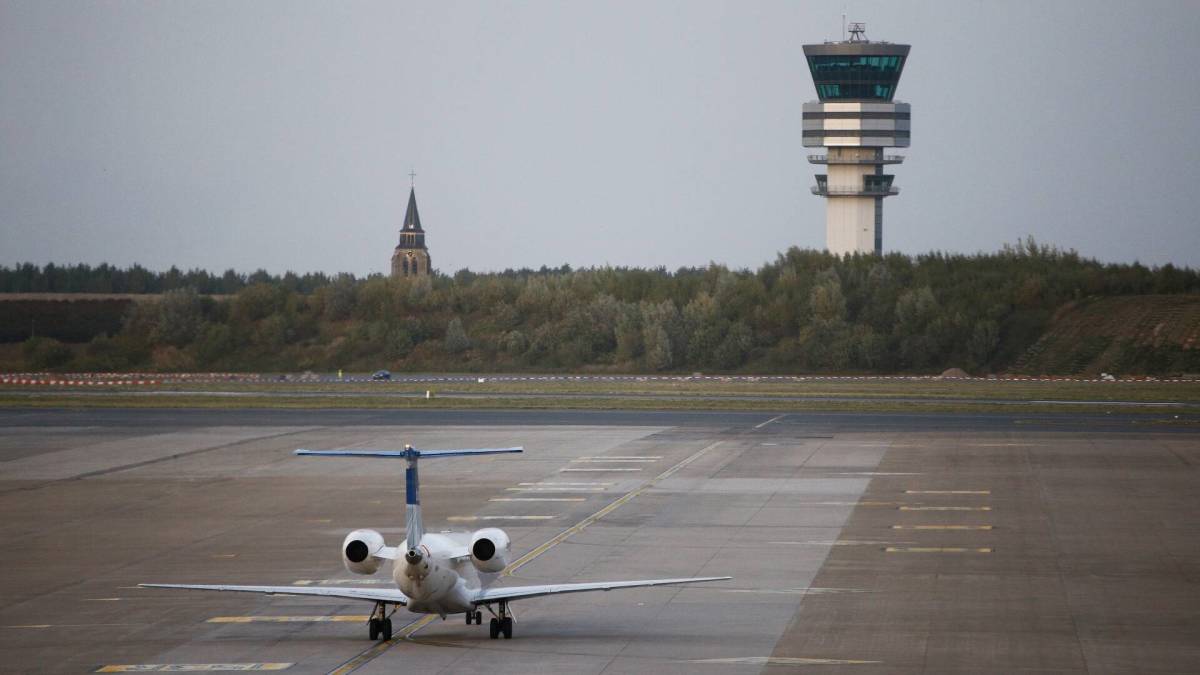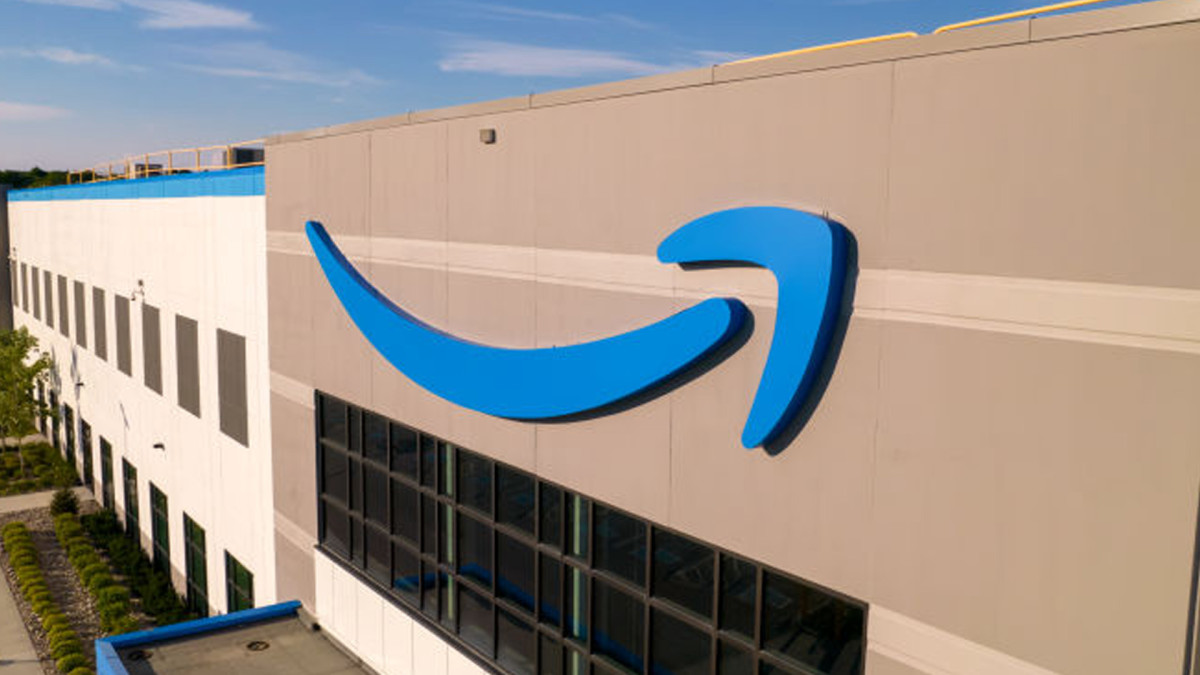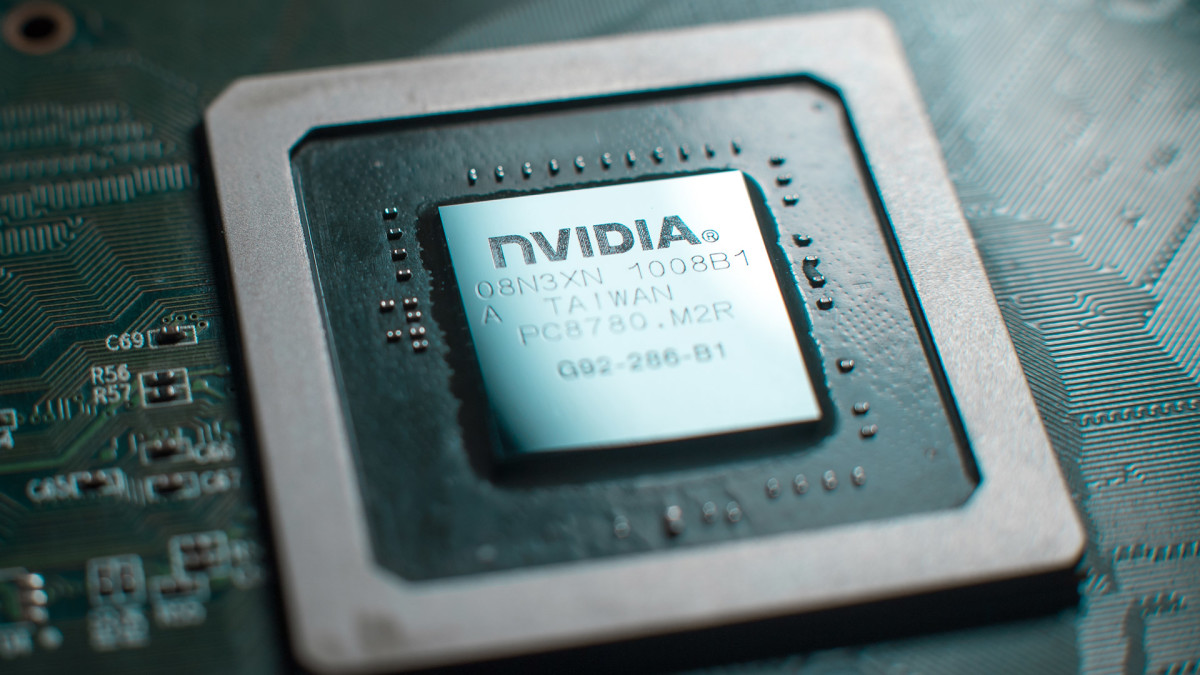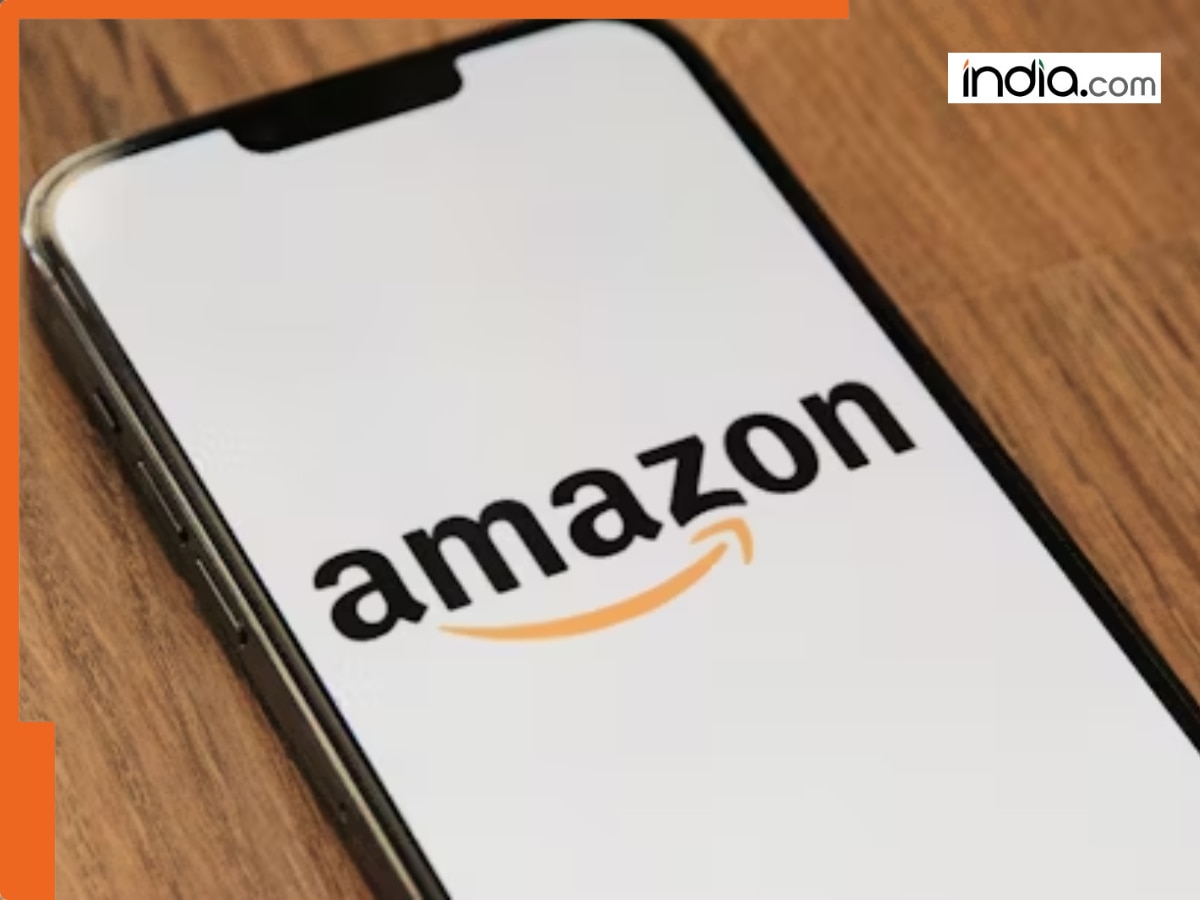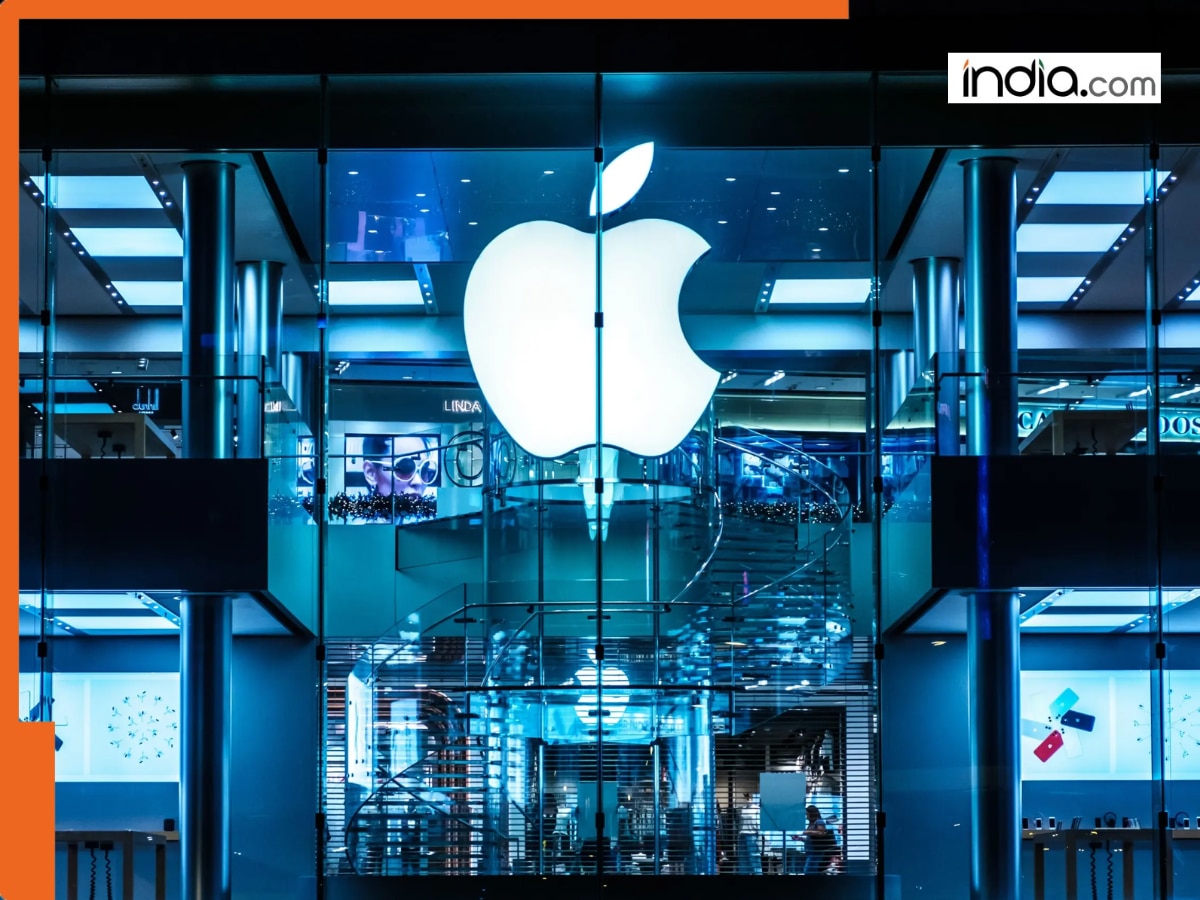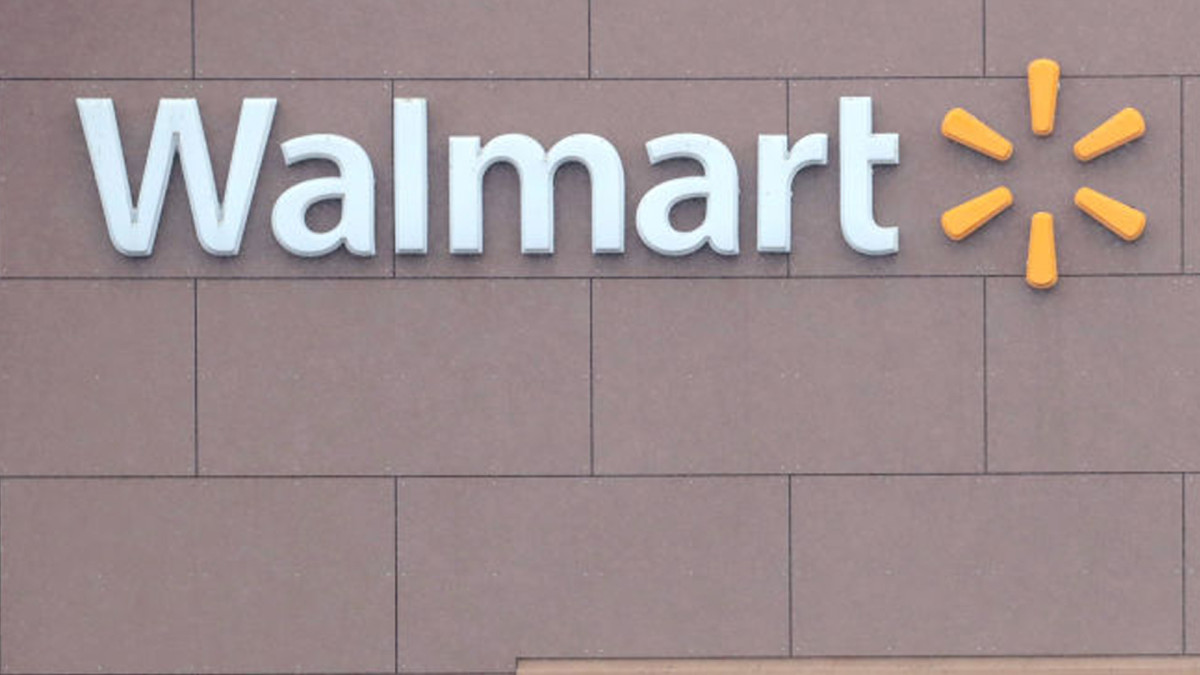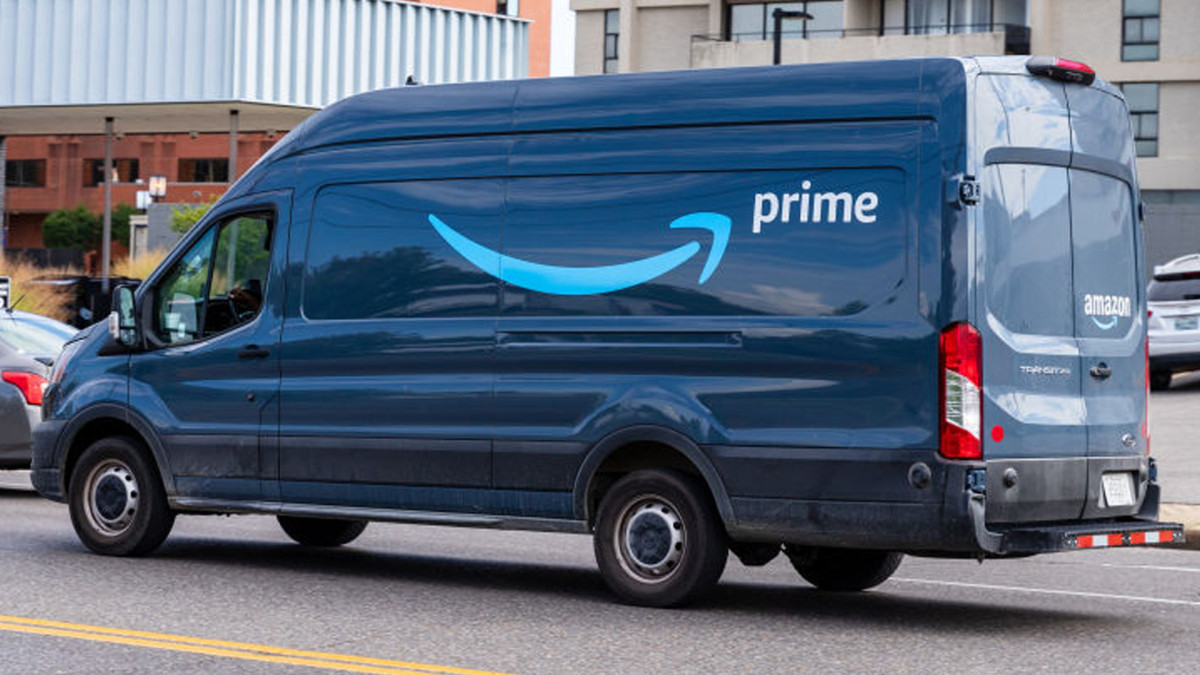Comcast struggles to win back customers due to growing problem
Comcast is continuing to spot a concerning pattern of customer behavior.
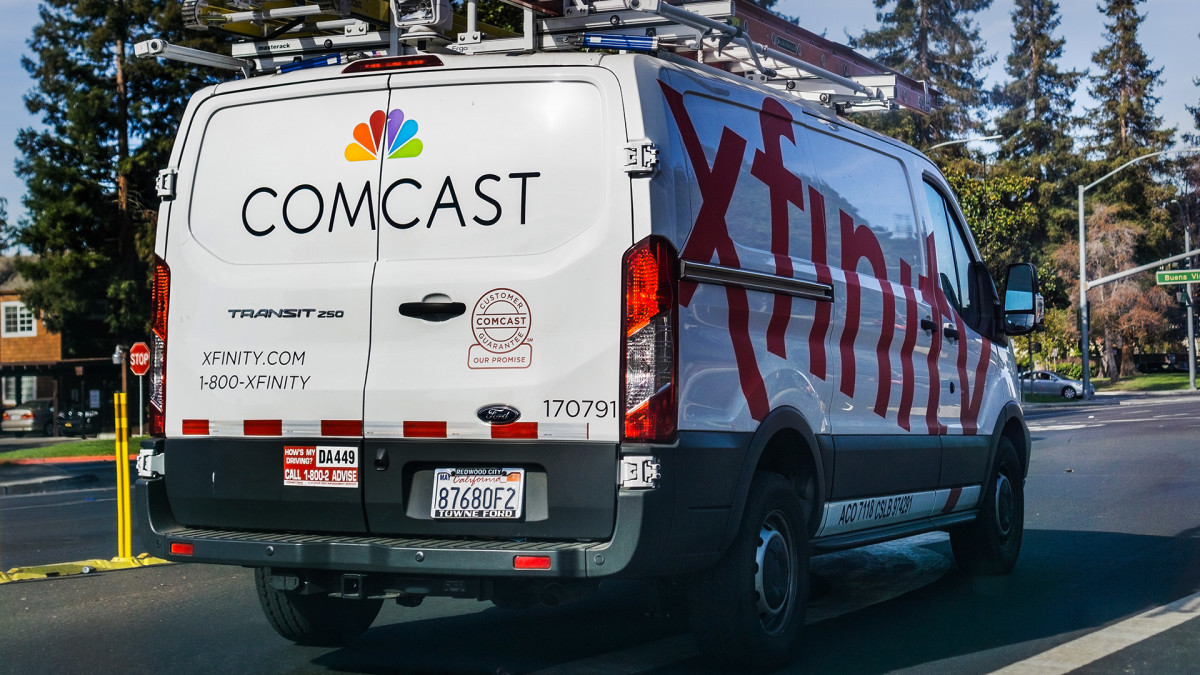
Comcast, which provides cable TV, phone, and internet services to consumers under the name Xfinity, is struggling to shake an alarming consumer trend that is impacting business, and it is making significant changes to fight it.
In its third-quarter earnings report for 2025, Comcast flagged that its revenue declined by almost 3% year over year during the quarter. Additionally, while it lost 257,000 cable TV customers amid the nationwide cord-cutting trend, it also saw 104,000 internet customers discontinue their service.
The steep loss in internet customers follows Comcast’s decision to increase prices for its Xfinity services earlier this year. It cited “strategic investments” to make its network “smarter, faster and more reliable,” but the move angered customers.
To add fuel to the fire, Xfinity also decreased its monthly autopay discount from $5 to $2 for customers who use credit and debit cards to pay their monthly bills.
Comcast is one of the many traditional internet providers that has recently raised prices for its services over the past year, and many consumers nationwide are growing tired of the trend. Image source: Morris/Bloomberg via Getty Images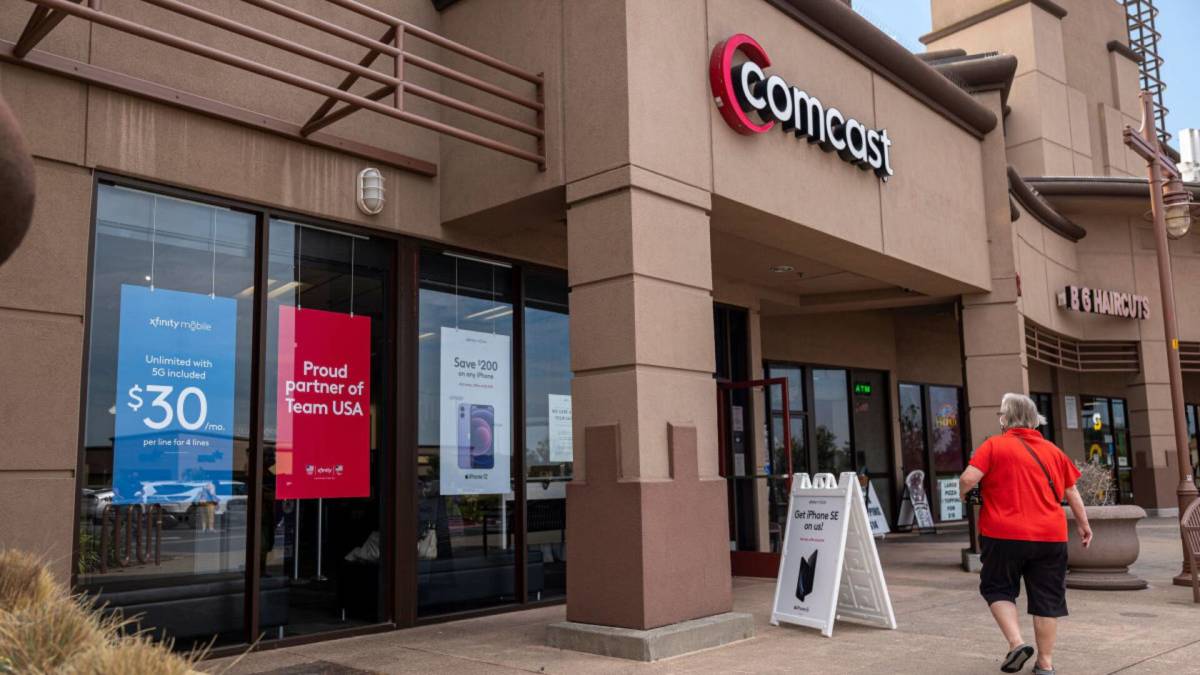
How U.S. consumers are responding to rising internet service fees:
- About 43% of consumers said the cost of their internet service increased the most compared to other home services.
- The average price increase for internet services was $20.78 per month.
- Additionally, 59% reported feeling misled by the pricing or terms of their internet plan.
- Nearly 3 in 4 people canceled, downgraded, or considered switching internet providers due to high prices.
Source: Reviews.org
Many consumers nationwide have been flocking to cheaper internet options such as fixed wireless internet (5G home internet), which is offered by phone carriers such as T-Mobile, Verizon, and AT&T.
“Although 5G home internet technically isn't faster than cable or fiber internet, it offers a lot of value,” said Peter Holslin, managing editor at Reviews.org, in the survey. “5G internet packages are typically sold at fixed rates, with no extra fees for installation or equipment, and you often get other perks too like unlimited data and bundle discounts when you pair it with a cell phone plan from the same provider.”
Comcast CEO sounds alarm on a major threat hurting customer numbers
During an earnings call on Oct. 30, Comcast CEO Mike Cavanagh said that “the broadband environment remains intensely competitive, which we do not expect to change anytime soon.”
He warned that, despite the company’s rapid expansion of fiber internet, fixed wireless internet remains a growing threat.
“Fiber expansion continues at a steady pace and as we’ve said before, we expect most of our footprint will eventually be overbuilt,” said Cavanagh. “At the same time, fixed wireless remains a durable competitor serving price-sensitive segments with moderate performance needs. Against this backdrop, we have adapted our approach to compete more effectively for the long term. Our strategy rests upon three pillars: network, product, and customer experience.”
Over the past few months, Comcast has focused on providing more transparent pricing to Xfinity customers to prevent more of them from fleeing to competitors.
During the second quarter of this year, Comcast moved its local internet offers to a consistent national pricing structure and introduced four new flagship speed tiers. It also lowered everyday pricing and added one-year and five-year price lock guarantees to its internet plans without contracts.
Related: DirecTV plans controversial change for customers amid struggles
To enhance value, it even began offering a free Xfinity mobile line for one year for all new and existing internet customers.
During the earnings call, Comcast Chief Financial Officer Jason Armstrong said that these changes have yielded positive results so far, despite the recent decline in internet customers.
“We’ve made a significant pivot in our go-to-market strategy this year focused on simplifying pricing, improving transparency, and enhancing the customer experience,” said Armstrong. “While it’s still early, we’re encouraged by what we’re seeing in our broadband customer base, continued stabilization in voluntary churn, a healthy mix of customers opting into our five-year price guarantee, and nearly 40% of new connects choosing gig speeds, which is up about 10 points from the start of the year.”
Changes Comcast customers should expect to see in 2026
Cavanagh said that the company will continue to take “meaningful steps to simplify the customer experience,” which includes leveraging artificial intelligence.
“Our new AI engine now supports agents, technicians, and customers through assisted chat, phone, our website, and our AI-enabled Xfinity Assistant platform,” said Cavanagh. “We also launched a program that connects customers to a live agent in seconds, which is now available to half of our customer base.”
Amid recent customer losses, starting Jan. 1, 2026, Dave Watson will step down as CEO of Comcast’s Connectivity and Platforms division. He will be replaced by Steve Croney, who is currently chief operating officer of the division.
Croney has and will continue to pioneer changes to Comcast’s pricing, packaging, and the experience it offers to Xfinity customers.
More Telecom News:
- DirecTV customers threaten to leave after latest warning
- T-Mobile suffers massive boycott from customers
- Verizon quietly backtracks on harsh change that angered customers
In addition, Comcast plans to avoid increasing prices for its internet services during the early part of next year to attract and retain price-conscious customers, a move that will slightly hurt revenue.
“As we continue to transition customers to more consistent pricing and ramp up free wireless line additions, we expect ARPU (Average Revenue Per User) growth to step down more than a point in the fourth quarter, and we expect continued pressure on ARPU in early 2026 as our current plan is to not take a rate increase in broadband in the early part of next year,” said Armstrong. “As we’ve said, this pivot we are making will take time, but it sets the foundation for a far more stable broadband base in a more challenged competitive environment, and we’re confident we’re on the right path.”
Despite dodging price increases in early 2026, Watson said during the call that Comcast plans to “take every appropriate opportunity” to move its internet customers to newer pricing and packages.
“No specifics in terms of the actual migration amounts, but our focus is long-term revenue growth that is sustaining and continuing to work on the competitive landscape and getting customers into these packages,” said Watson.
Comcast’s plan for its internet business in 2026 comes after a memo in September revealed that it will conduct an unknown number of job cuts in January. This will result in layoffs and streamlined management in its Connectivity and Platforms unit.
"This change is not a reflection of anyone's contributions — it is about simplifying how we work so we can compete more effectively," reads the memo.
In a statement to TheStreet, Dominick Miserandino, CEO of RTMNexus, said that Comcast’s decision to replace its CEO of Connectivity and Platforms will only be beneficial if changes to the company’s culture are made.
“When a company loses that many customers, replacing a top executive isn’t just about fixing strategy, it’s about fixing culture,” said Miserandino. “What happens at the top sets the tone for everything underneath. A new CEO can absolutely help, but only if they’re empowered to reshape how the teams think, build, and respond.”
Related: Spectrum launches bold new offer as cable TV customers flee
What's Your Reaction?

































